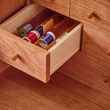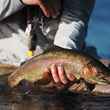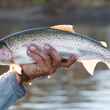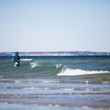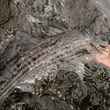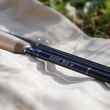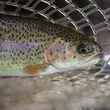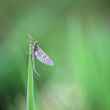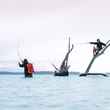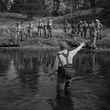The Unuk River in southeast Alaska is home to one of the largest king salmon runs in the world, as well as the other four species of pacific salmon, steelhead, rainbow and cutthroat trout, char and whitefish. The waters where the Unuk flows into Behm Canal and eventually the Pacific Ocean are bountiful shrimp and crab fisheries. And, while so many eyes are justifiably trained on the saga surrounding the Pebble Mine project in Bristol Bay, the proposed KSM (Kerr-Sulphurets-Mitchell) mine -- which is part of what Trout Unlimited describes as a "mining frenzy" in northern British Columbia -- that poses serious threats to the Unuk and other nearby rivers edges closer to becoming a reality.
Trout Unlimited notes, "spurred by weakened environmental regulations and the construction of a massive new power line that is one of Canada’s biggest transmission projects ever, as many as 10 new large-scale mines are undergoing exploration in the mineral-rich region that borders Southeast Alaska. Five of these Canadian mineral projects are located in trans-boundary watersheds of key salmon rivers including the Stikine, the Taku, and the Unuk. These mines could produce water pollution that may harm Southeast Alaska fishing and tourism industries while offering few, if any, economic benefits to the communities of Southeast Alaska."



